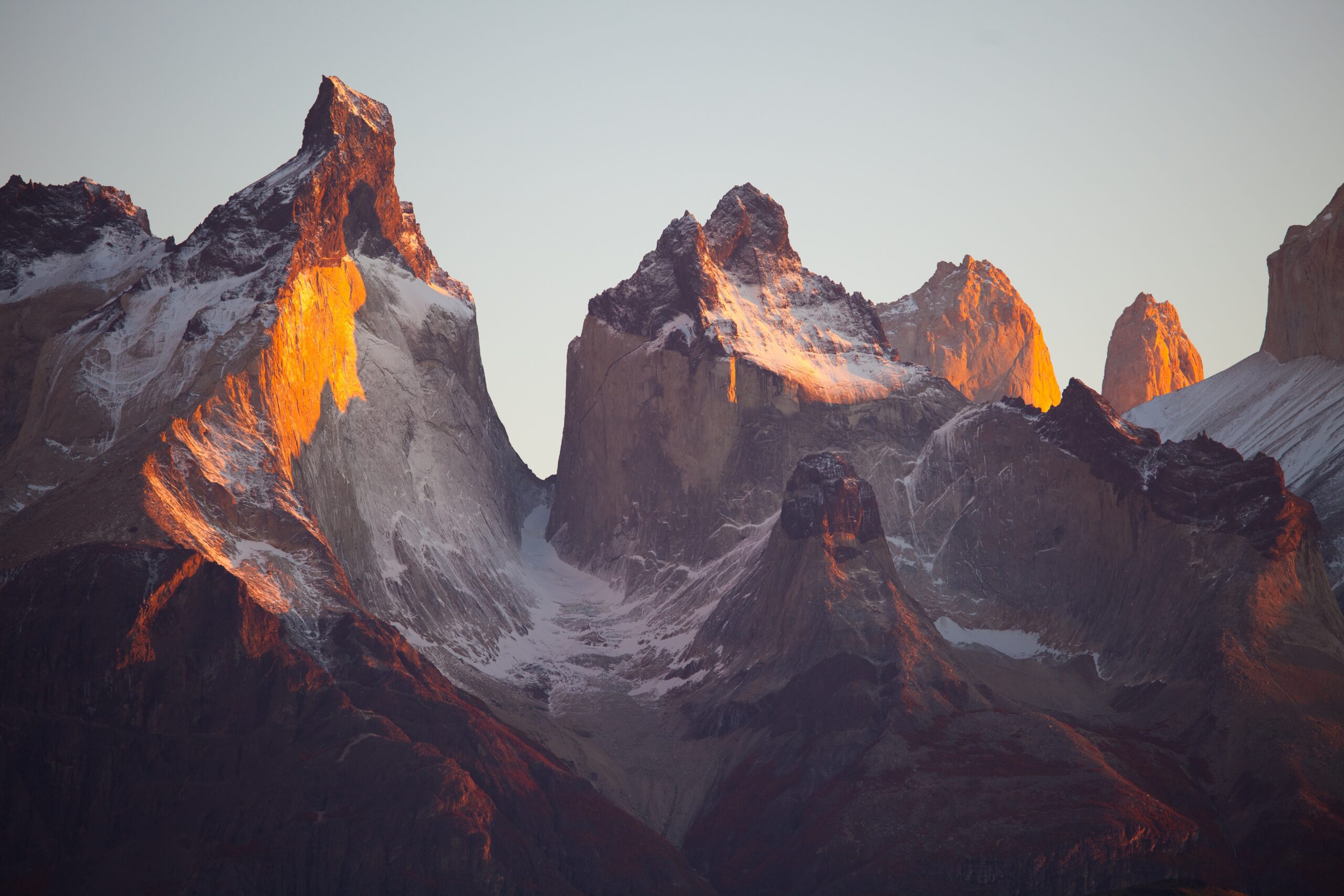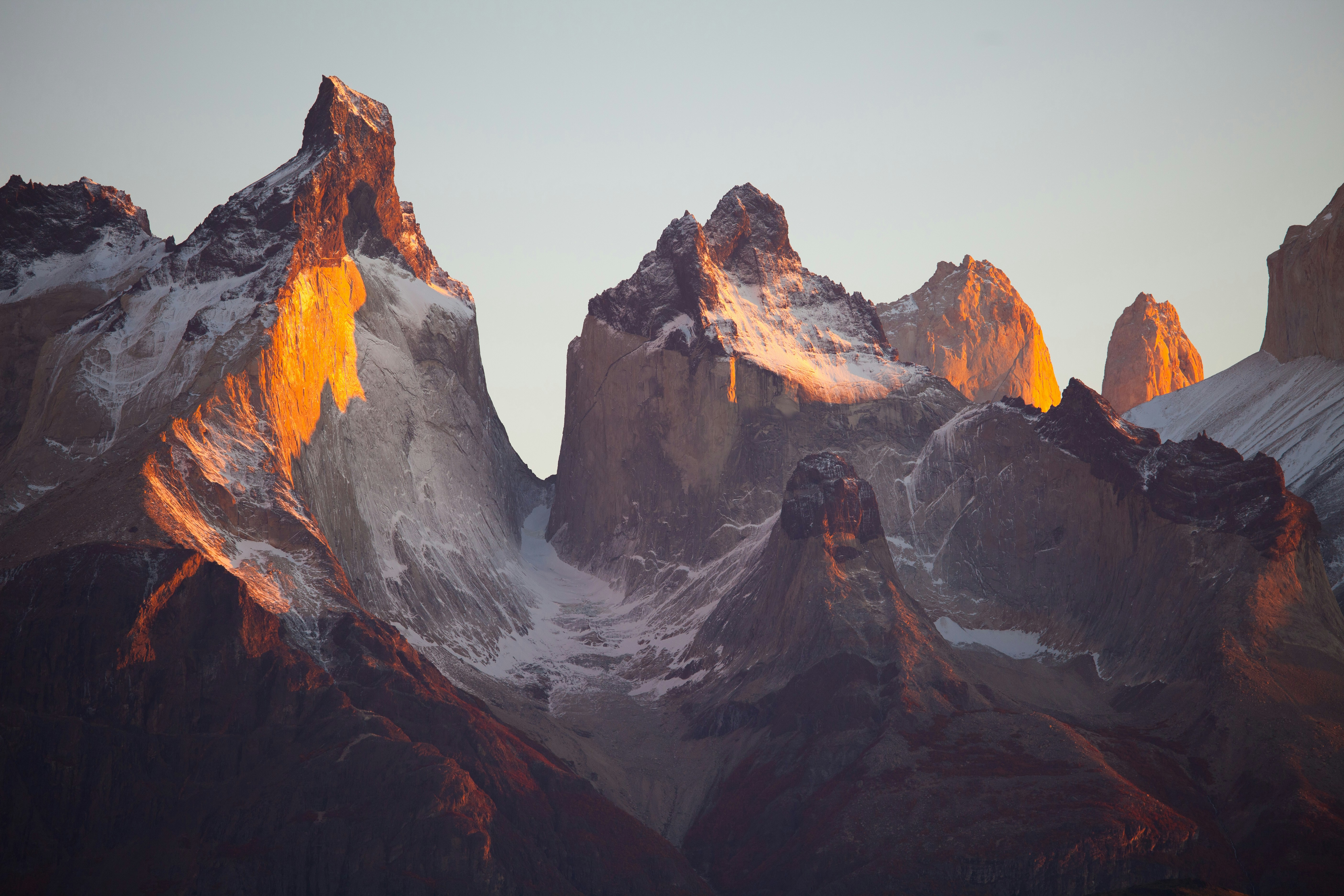You've probably marveled at the majestic beauty of Mount Shasta, but have you ever wondered how it got its name? This iconic mountain, located in California, holds a fascinating history behind its distinctive title. Journey back in time as we unravel the tale of how Mount Shasta acquired its moniker, shedding light on the rich heritage and significance that this mountain carries. Prepare to be enchanted by the captivating story behind the name of this natural wonder.
Origin of the Name
Mount Shasta, a majestic peak in Northern California, has a rich history and holds a significant place in Native American folklore, historical accounts, and the world of conservation. The origin of its name can be traced back to different sources, including Native American legends, historical accounts, and the influence of renowned naturalist John Muir.
Native American Legends
Native American tribes in the area surrounding Mount Shasta have passed down legends for generations, explaining the origin of the mountain's name. One such legend revolves around a powerful being called Skell, who created the mountain as a dwelling place for himself. The Shasta people believed that Skell's presence on the mountain influenced its name, giving rise to “Shasta.”
Another legend, known as the Great Battle of the Mountains, tells the story of a fierce battle between the mountains in the area. The mountain now known as Mount Shasta emerged victorious, establishing its prominence and earning its name.
Historical Accounts
Throughout history, different groups of explorers and settlers have encountered Mount Shasta and contributed to the naming process. Spanish explorers in the 18th century, led by Bruno Heceta, named the mountain “Santa Clara,” in honor of Saint Clare of Assisi. However, this name did not stick, and other explorers would leave their mark.
The Hudson's Bay Company, a prominent fur trading organization, had a significant presence in the Pacific Northwest. Their interactions with the mountain led to it being referred to as “Mount Hutton” for a period. However, this name was later abandoned when the mountain was officially recognized with a different name.
One of the most recognized expeditions related to Mount Shasta is the U.S. Exploring Expedition led by Charles Wilkes in 1841. This expedition documented the mountain extensively and dubbed it “Mount Shasty.” The spelling eventually evolved into the current “Shasta,” cementing its official name.
John Muir's Influence
The naturalist and conservationist John Muir played a crucial role in bringing attention to the beauty and significance of Mount Shasta. Muir co-founded the Sierra Club, an organization dedicated to preserving and protecting wilderness areas and promoting environmental activism. Through his writings and advocacy, Muir emphasized the importance of Mount Shasta's preservation, helping to establish it as an iconic natural wonder.
Muir's descriptions of Mount Shasta painted a vivid picture of its grandeur and allure. He wrote of its snow-clad peak, towering over the surrounding landscape, inspiring countless adventurers and nature enthusiasts. Muir's influence further reinforced Mount Shasta's reputation and increased public fascination with the mountain.

Geography and Features
Mount Shasta is located in Siskiyou County, California, and is part of the Cascade Range. Its elevation reaches a remarkable 14,179 feet, making it one of the tallest peaks in the United States. The mountain boasts an impressive prominence of over 9,000 feet, standing majestically above the picturesque surrounding valleys.
The physical characteristics of Mount Shasta contribute to its awe-inspiring presence. It is a stratovolcano, characterized by its steep slopes and symmetrical shape. Glaciers, including the Whitney Glacier, adorn its flanks, adding to its rugged beauty. The mountain's volcanic nature and striking appearance have captivated visitors for centuries.
Legends and Folklore
To Native American tribes in the region, Mount Shasta holds great spiritual significance. It is considered a sacred mountain by many tribes, with various creation stories and legends revolved around its mystical powers. According to their beliefs, the mountain is a gateway between different realms and serves as the abode of powerful spiritual beings.
In ancient mythology, Mount Shasta was often associated with deities and mythical creatures. It was believed to be a place where gods and goddesses resided, and where cosmic energies converged. The mountain's prominence in mythology showcases the universal fascination with Mount Shasta throughout history.
Even in modern times, Mount Shasta continues to capture the imagination of individuals who believe in its spiritual energies. Many people claim to have experienced supernatural phenomena, including encounters with extraterrestrial beings and spiritual awakenings. The mountain's aura, combined with its natural beauty, has attracted spiritual seekers from all walks of life.
Explorations and Expeditions
European explorers were among the first to set foot on Mount Shasta. Spanish and Russian expeditions ventured into the area during the 18th century, driven by the search for new resources and potential trade routes. Their encounters with the mountain opened doors for further exploration and the eventual naming of the mountain.
However, it was the U.S. Exploring Expedition of 1841, led by Charles Wilkes, that brought widespread attention to Mount Shasta. The expedition extensively studied the region and its natural features, documenting their findings in great detail. Their influence was instrumental in establishing the prominence of Mount Shasta on the map.
Mount Shasta has also been a subject of scientific research. Geologists, glaciologists, and environmentalists have flocked to the area to study the mountain's geological activity, the impact of climate change on its glaciers, and the diverse ecosystems it supports. Mount Shasta continues to serve as a living laboratory, contributing valuable insights to scientific understanding.
Mount Shasta in Popular Culture
Mount Shasta's striking beauty and mystical allure have left an indelible mark on art and literature. Artists and authors have been inspired by its majestic presence, capturing its essence on canvas and through the written word. Paintings, photographs, and poems celebrate the mountain's splendor, ensuring its enduring legacy in the realm of artistic expression.
Hollywood has also recognized Mount Shasta's magnetism, featuring the mountain in various films and television shows. Its breathtaking backdrop has set the stage for countless adventures, reflecting the allure of wilderness and the untamed spirit. Mount Shasta's cameo appearances in popular culture have further cemented its place in the collective imagination.
The mountain's natural surroundings provide endless opportunities for adventure and outdoor activities. Hiking, camping, skiing, and mountaineering attract enthusiasts from around the world, seeking to challenge themselves and immerse in the mountain's grandeur. Mount Shasta's majestic landscapes continue to inspire those who seek unforgettable experiences in nature's embrace.

Mount Shasta as a Spiritual Destination
Mount Shasta has become synonymous with spiritual exploration and New Age beliefs. The mountain's energy vortexes and purported spiritual power have attracted seekers of enlightenment and healing. Many believe that the mountain holds transformative energies and serves as a gateway to higher consciousness.
Metaphysical beliefs abound around Mount Shasta, centering on the idea of the mountain as a place for personal growth and self-discovery. These beliefs often draw upon ancient wisdom and spiritual traditions, blending them with contemporary philosophies. The allure of the mountain as a spiritual destination reinforces its ongoing significance in the spiritual community.
Visitors to Mount Shasta often share accounts of profound personal transformations and spiritual awakenings. They speak of experiencing heightened states of awareness, increased clarity, and a deep connection to nature and the universe. These transformative experiences reaffirm the mountain's reputation as a place of spiritual significance.
Mount Shasta's Legacy
Mount Shasta's ecological significance cannot be overstated. It is home to diverse ecosystems, including mountain meadows, forests, and alpine habitats. These habitats support a rich array of wildlife and plant species, contributing to regional biodiversity. Protecting and preserving Mount Shasta ensures the continued survival of these unique environments.
The mountain's allure as a tourist destination brings economic benefits to the surrounding communities. Visitors seeking outdoor adventures, spiritual experiences, or simply a glimpse of its natural splendor provide a boost to the local economy. Mount Shasta's legacy as a destination with broad appeal has a positive impact on the livelihoods of those who call the region home.
Local communities have their own deep-rooted connections to Mount Shasta. For centuries, Native American tribes have revered the mountain, passing down their cultural heritage and traditions. Mount Shasta's legacy as a sacred place remains intertwined with these communities, creating a sense of belonging and cultural pride.
In conclusion, Mount Shasta's name carries the echoes of Native American legends, historical accounts, and the legacy of John Muir. Its physical features and spiritual significance have captivated explorers, artists, and spiritual seekers for centuries. As the mountain continues to inspire and enchant visitors, its name remains a testament to its rich history and enduring importance.




